Mollusk - Blog Posts
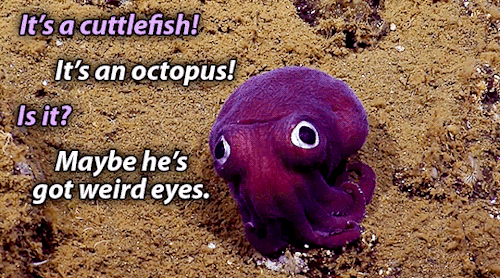
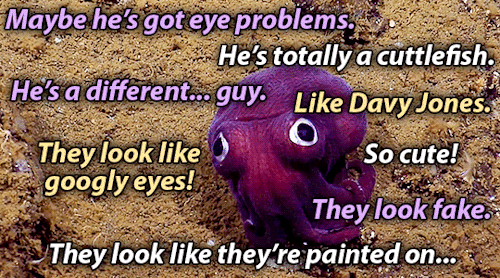



Googly-eyed Stubby Squid | Nautilus Live + their commentary
I went fossil hunting down at the Warren (in Folkestone, Kent, UK) on Thursday last week. These are some of my favourite finds from the trip (I washed them up at home).


Fossil hunting is great fun. If you live in the UK, and fancy giving it a shot, then there are some really handy websites that you should check out. https://ukfossils.co.uk/ and http://www.discoveringfossils.co.uk/fossil-locations-of-great-britain/
If you don't live in the UK but still want to give it a go then I would recommend looking for local fossil hunting clubs, societies and websites. Failing that you should try to look for areas where sedimentary rocks are being eroded. For instance, cliffs by the sea, rivers, old quarries, etc.
Just make sure you don't trespass or go anywhere too dangerous. For instance, if you are fossil hunting under cliffs at the beach, don't get to close to the cliffs (falling debris and cliffs collapsing) and plan around the tides (you don't want to get cut off).
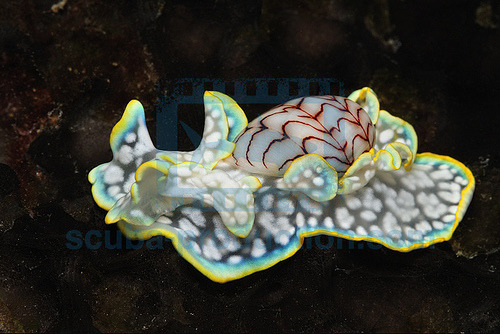
To post about the miniature melo (Micromelo undatus) may seem a bit odd, as it is not a nudibranch but a closely-related sea snail! Its thinly-calcified shell is easily seen covering half of its back and is patterned with dazzling brown-red lines, a stark contrast to the blue, white-spotted body below. It lives in many tropic waters, whether that be Japan or Florida, and reaches about 3cm in length. It eats polychaete worms, and uses their toxins as its own.

Murex Altispira #thorns #sea #snail #alive #mollusk #macro #macrolife #macrophotography #instalife #life #bayofbengal #beachlife #sealife #explorers #seasnail (at ECR)
This is a leopard slug I saw about a year ago. I really want to get a leopard slug tattoo someday.


They're pretty.




The snail was also on the school grounds, we dont know what kind it is :p
Pictures taken and also posted by photography_dex on Instagram.




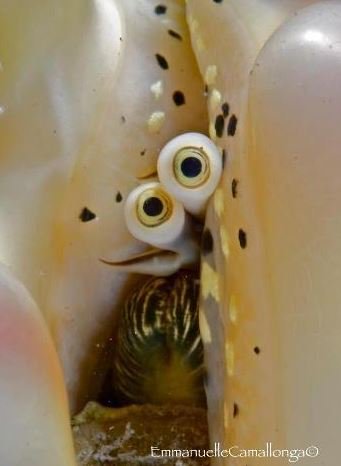



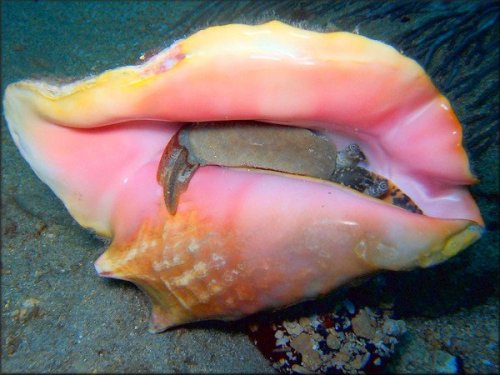
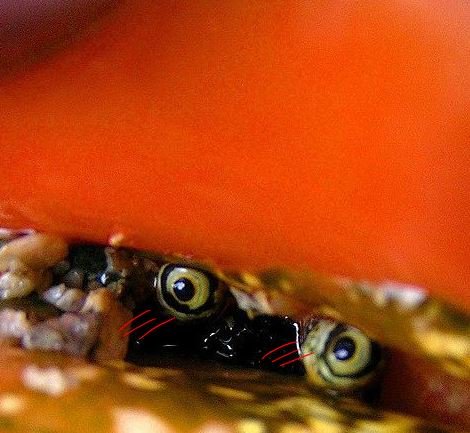
Today we learned that conches, the sea-dwelling mollusks who live inside those big, beautiful conch seashells in warm tropical waters, peer out at the world with cartoonish eyes on tiny eyestalks. They see you. They see everything. And what’s more, they can regenerate their peepers should they happen to lose one or both of them.
“One 1976 paper dug into the specific behind these animals’ alien eyestalks. Sitting at the tips of long stalks, they contain retinas with both sensory cells and colored pigment cells. But the story gets weirder because obviously, it gets weirder. After amputating the conchs’ eyes, a fully-formed replacement took its place 14 days later. Humans, we really are losing this evolutionary game.”
But wait, that’s hardly the only surprising set of eyes under the sea. Scallops have eyes too, LOTS of them:


Conch photos by Redditor buterbetterbater and via @shingworks.
[via /r/pics and Gizmodo]
Cuttlefish nation is now a community pls join


Here’s a lovely little sepia bandensis (dwarf cuttlefish) to break in my new crayons


IM SO EXCITED I MADE MY FAVORITE ANIMAL EVER INTO A STICKER !!!!! AND YOU CAN HAVE ONE TOO!!!!!
etsy link here & in bio

hey... guess what my favorite animal is... i bet you can't... cmon.... just guess... guess what it is.... have you guessed yet?
@confidently-regretful
(Sorry to be that guy but) the leaf sheep is not actually a nudibranch, but instead part of the closely related order sacoglossa. Nudibranches are carnivorous while sacoglossa are herbivorous and feed by sucking the sap out of microscopic algae. Many sacoglossa perform a process called kleptoplasty, where they reuse chloroplasts from the algal sap they feed on and implement them into their cells. Some notable examples are the bivalve snails in the family juliidae, the eastern emerald elysia (elysia chlorotica) and obviously the sea sheep. Another slug from the order elysia (elysia rufescens) reuses defensive molecules called kahalalides as well as chloroplasts. Most sacoglossans survive primarily through heterotrophic means (ingesting and digesting) and photosynthesise when food is scarce or unavailable as a last resort. Though research has shown leaf sheep can survive long periods of time with little to no food of heterotrophic or homotrophic (photosynthetic) origin. They store their chloroplasts in cerata, which are structures often found on nudibranches and regularly used for gas exchange or- in blue glaucus’ case- for attack and defence. They also have rhinophores protruding from their face, structures also commonly found on nudibranches, which are chemosensory organs (essentially face tongues) that appear ear like on nudibranches and sacoglossans alike.
To conclude: while leaf sheep are very similar to nudibranches, they belong to the sacoglossan family (which is good because sacoglossans are just as cool) and luckily are not the only animals to photosynthesise.
(I’m researching them for a highschool project and am so obsessed haha)




So not technically a fish but I absolutely love these lil fellas
They’re Nudibranch sea slugs and they all look so pretty!!!!!


Some notable exception are the Sea Bunny (left) which is just the most adorable thing I’ve ever seen
And the Leaf Sheep (right), which is the only animal known to be capable of photosynthesis!
i am SUCH a nudibranch fan oh my god. actual underwater fae creatures. beloved little freak animals. i want to eat them like cereal

🪐🌴🌸🥥🌊Tropical Planet Paradise 🌊🥥🌸🌴🪐


🥥🌴🌸🌊 Kass and Yuudai belong to @woomymatsu 🌊🌸🌴🥥







